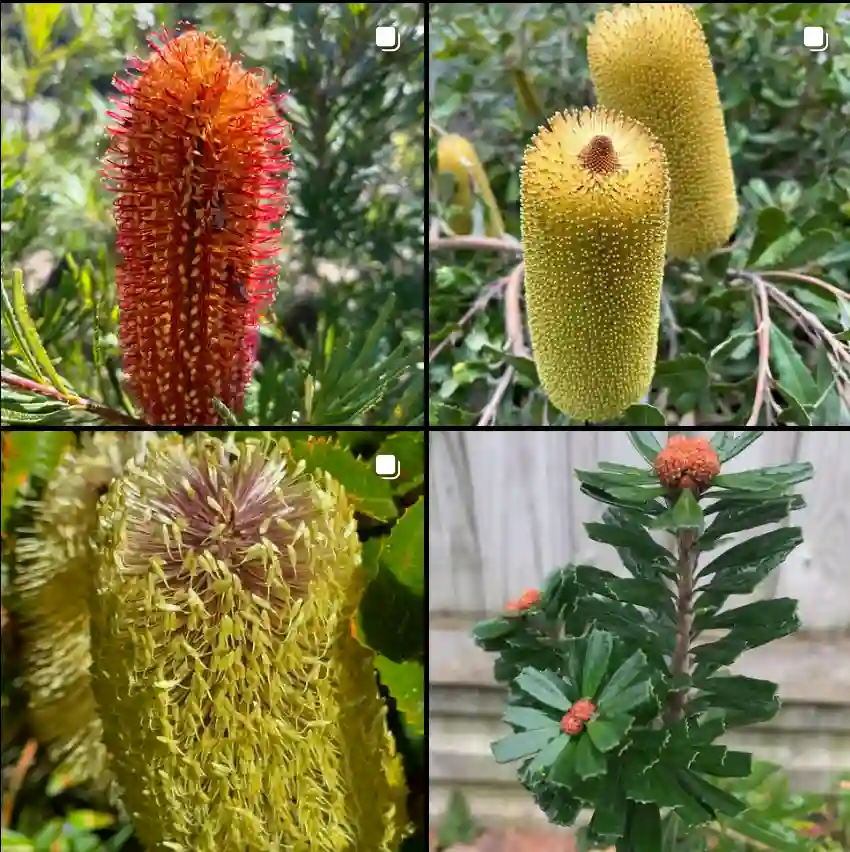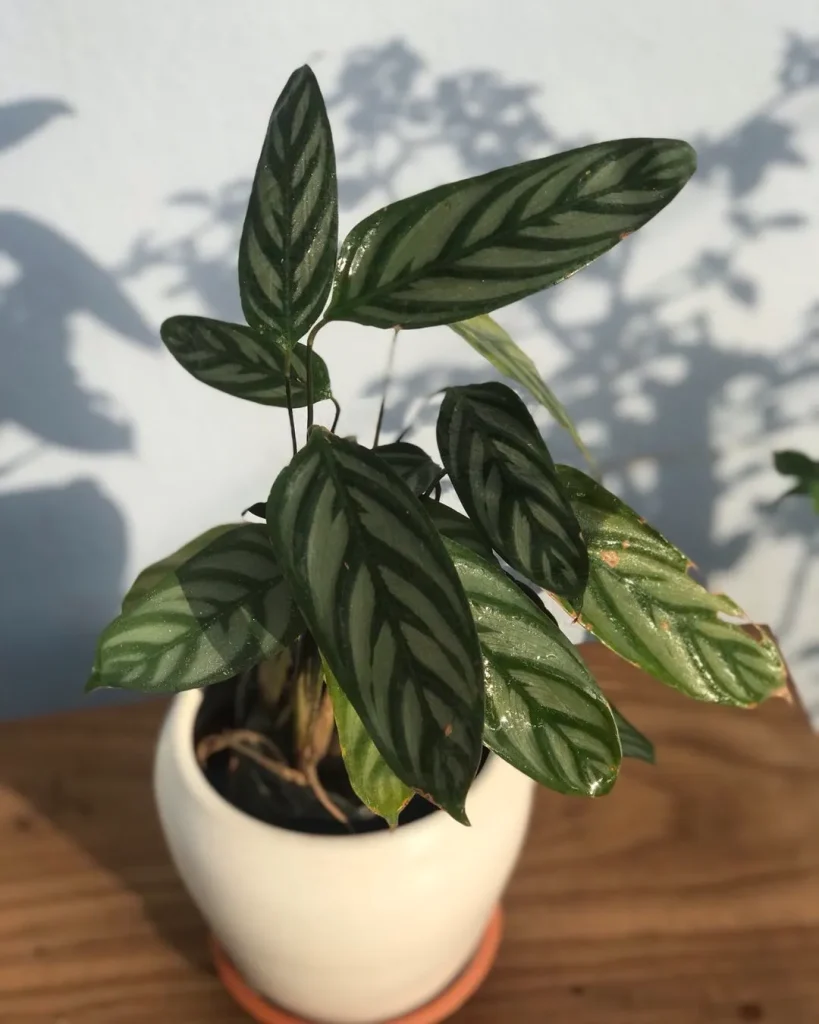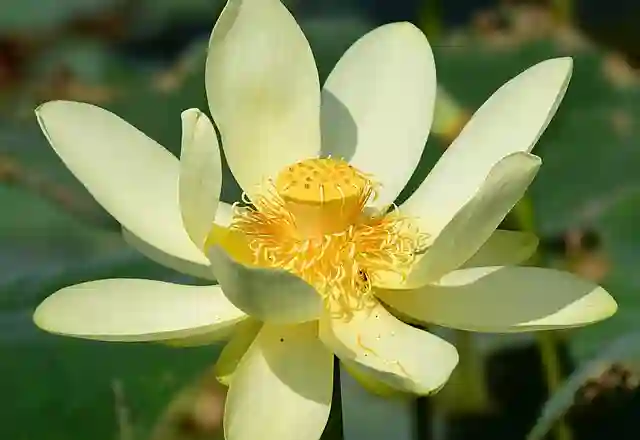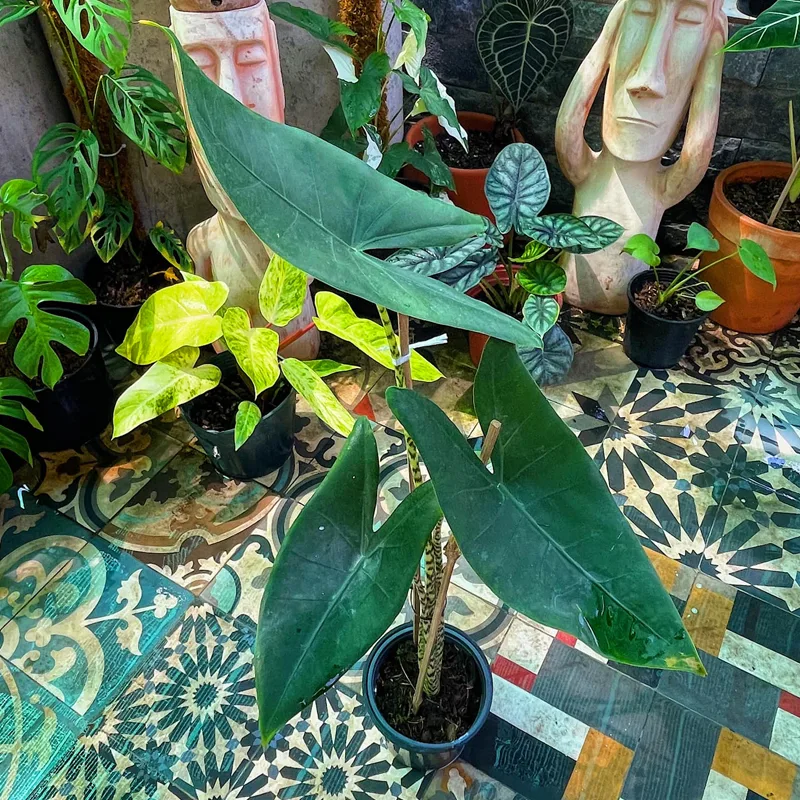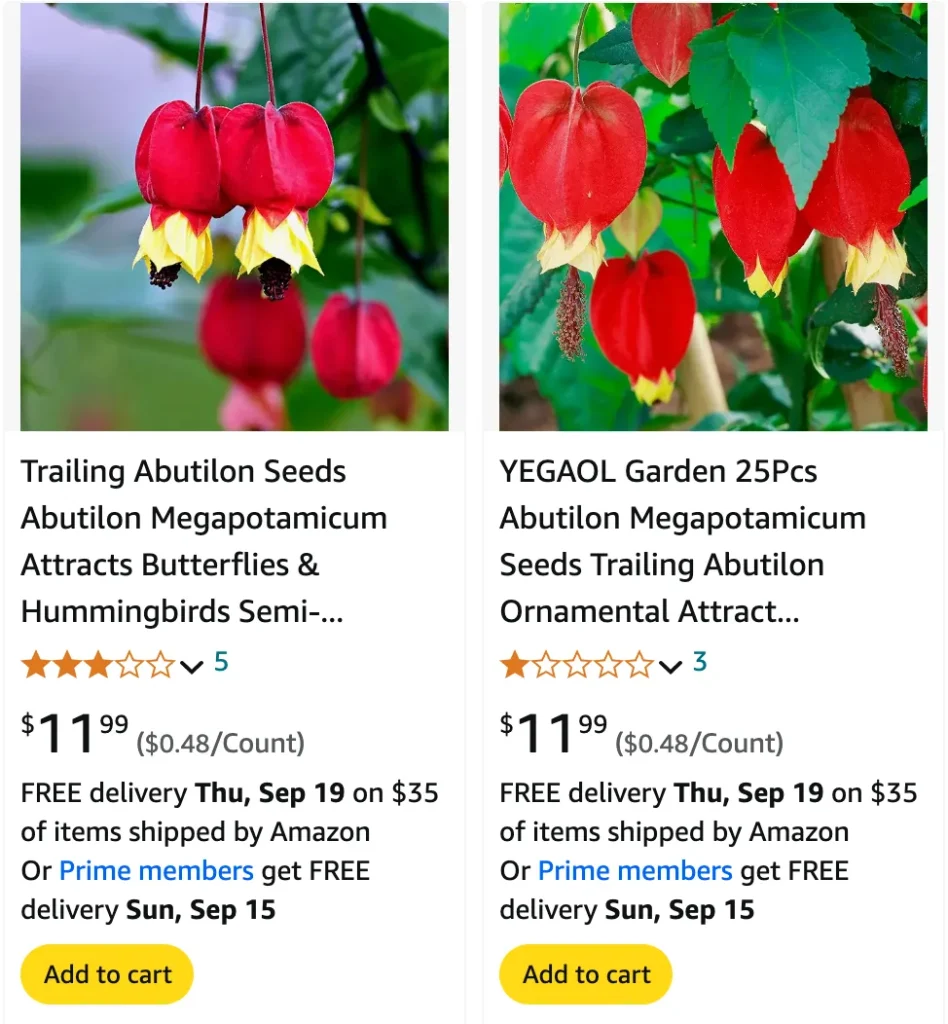
FAQs About Abutilon Megapotamicum: Your Ultimate Guide
Abutilon Megapotamicum, commonly known as the Brazilian Bellflower or the Flowering Maple, is one of those plants that always turns heads with its unique appearance and vibrant blooms. Having grown this lovely plant for some time, I’ve gathered plenty of insights to help you make the most of it in your garden. Here’s a comprehensive guide to some of the most frequently asked questions about Abutilon Megapotamicum.
178 Species in Genus Abutilon
What Is Abutilon Megapotamicum?
Abutilon Megapotamicum is a charming perennial shrub native to Brazil. It’s known for its drooping, bell-shaped flowers that come in shades of red, orange, and yellow, often with a touch of green. The plant typically grows to about 3-6 feet in height and width, making it an excellent choice for adding color to both garden beds and containers.
How to Grow Abutilon Megapotamicum?
Growing Abutilon Megapotamicum is relatively straightforward, provided you follow a few key tips:
- Sunlight: It thrives best in bright, indirect sunlight. While it can tolerate some direct sun, too much can scorch its leaves. If you’re growing it indoors, place it near a window with filtered light.
- Soil: It prefers well-draining soil. A mix of potting soil with added perlite or sand works well. Ensure the soil remains consistently moist but not waterlogged.
- Watering: Keep the soil moist, especially during the growing season (spring and summer). Reduce watering in the winter when the plant is less active. Overwatering can lead to root rot, so be cautious not to let the plant sit in soggy soil.
- Temperature: Abutilon Megapotamicum enjoys warmer temperatures, ideally between 60°F and 75°F. It’s not frost-tolerant, so if you live in a region with cold winters, consider growing it in a pot so you can bring it indoors during the colder months.
Where to Plant Abutilon Megapotamicum?
If you’re planting Abutilon Megapotamicum outdoors, choose a location that provides partial shade. Direct afternoon sun can be too intense, causing leaf burn. In cooler climates, planting in a container allows you to move the plant to a more sheltered spot as needed. For indoor planting, a bright room with indirect light is ideal.
How to Prune Abutilon Megapotamicum?
Pruning is essential for maintaining the health and appearance of Abutilon Megapotamicum:
- Timing: Prune in late winter or early spring before new growth begins. This helps shape the plant and encourages more vigorous blooming.
- Technique: Remove dead or diseased stems first. Then, cut back overgrown or leggy branches to promote a fuller shape. You can also pinch back the tips of the stems to encourage branching.
- Frequency: Regular light pruning throughout the growing season can help keep the plant in check and enhance its overall appearance.
How to Propagate Abutilon Megapotamicum?
Propagation can be done through cuttings or seeds:
- Cuttings: Take softwood cuttings in late spring or early summer. Use a sharp knife or scissors to cut a 4-6 inch section from a healthy stem. Remove the lower leaves and dip the cut end in rooting hormone. Plant the cutting in a pot with a mix of potting soil and perlite. Keep the soil moist and provide indirect light. Roots should form in a few weeks.
- Seeds: Sow seeds in a seed-starting mix, lightly covering them with soil. Keep the soil warm and moist. Germination can take a few weeks. Transplant the seedlings when they have developed a few sets of true leaves.
What to Plant With Abutilon Megapotamicum?
Abutilon Megapotamicum pairs well with a variety of plants:
- Companions: Consider planting it alongside other flowering shrubs like hibiscus or fuchsia for a burst of color. It also looks great with ornamental grasses or as part of a mixed container with trailing plants like petunias.
- Avoid: Steer clear of plants that require very different care conditions, such as those needing full sun or very dry soil.
Can You Grow Abutilon Megapotamicum Indoors?
Yes, Abutilon Megapotamicum can be grown indoors. It thrives in a bright room with indirect light. Ensure you provide adequate humidity and keep the soil consistently moist. An indoor setting also means you’ll have to keep an eye out for pests like spider mites, which can be more common indoors.
Is Abutilon Megapotamicum Toxic?
No, Abutilon Megapotamicum is not considered toxic to pets or humans. However, it’s always a good idea to keep any plant out of reach of pets and small children, as ingestion of any plant material can sometimes cause mild gastrointestinal issues.
Common Problems and Solutions
- Leaf Drop: This can occur due to overwatering or sudden changes in temperature. Check the soil moisture and adjust watering as needed. Ensure the plant is in a stable environment.
- Pests: Watch out for aphids, spider mites, and whiteflies. Regularly inspect the plant and treat infestations with insecticidal soap or neem oil.
Comparing Abutilon Megapotamicum with Similar Plants
If you’re considering alternatives, you might look at plants like Hibiscus or Bougainvillea, which also offer vibrant blooms but may have different care requirements. While Abutilon Megapotamicum is more tolerant of indoor conditions, Hibiscus prefers full sun and higher humidity.
In summary, Abutilon Megapotamicum is a versatile and attractive plant that can brighten up any space with its colorful flowers. By understanding its needs and how to care for it properly, you can enjoy its beauty for many seasons to come.
If i die, water my plants!
